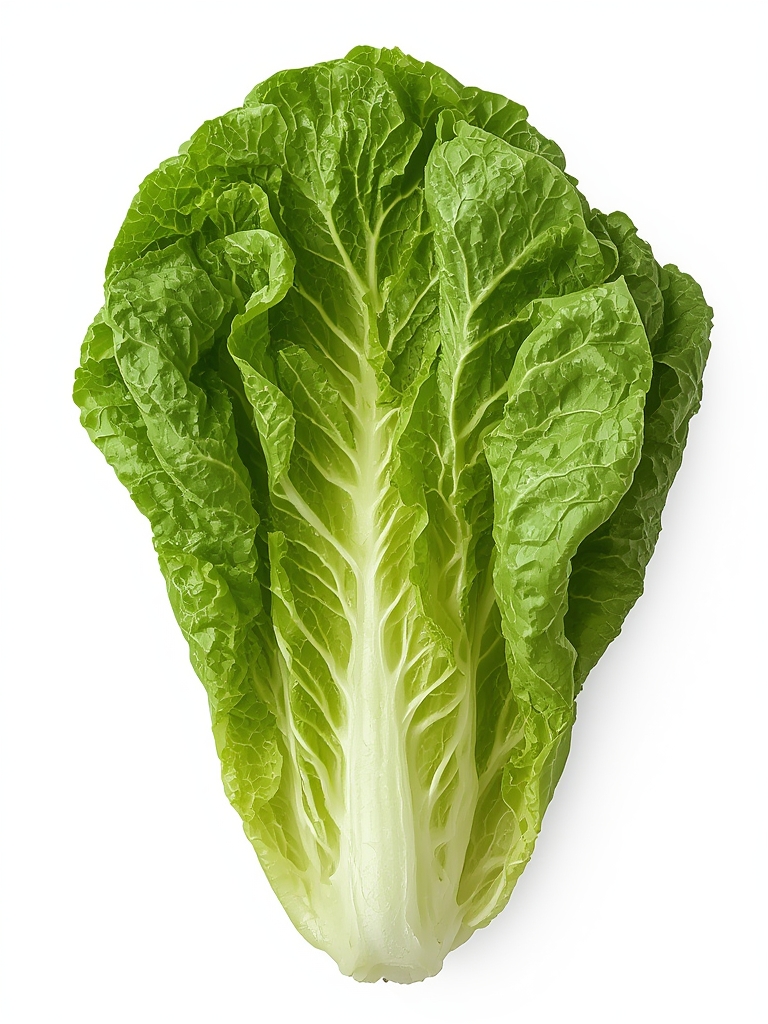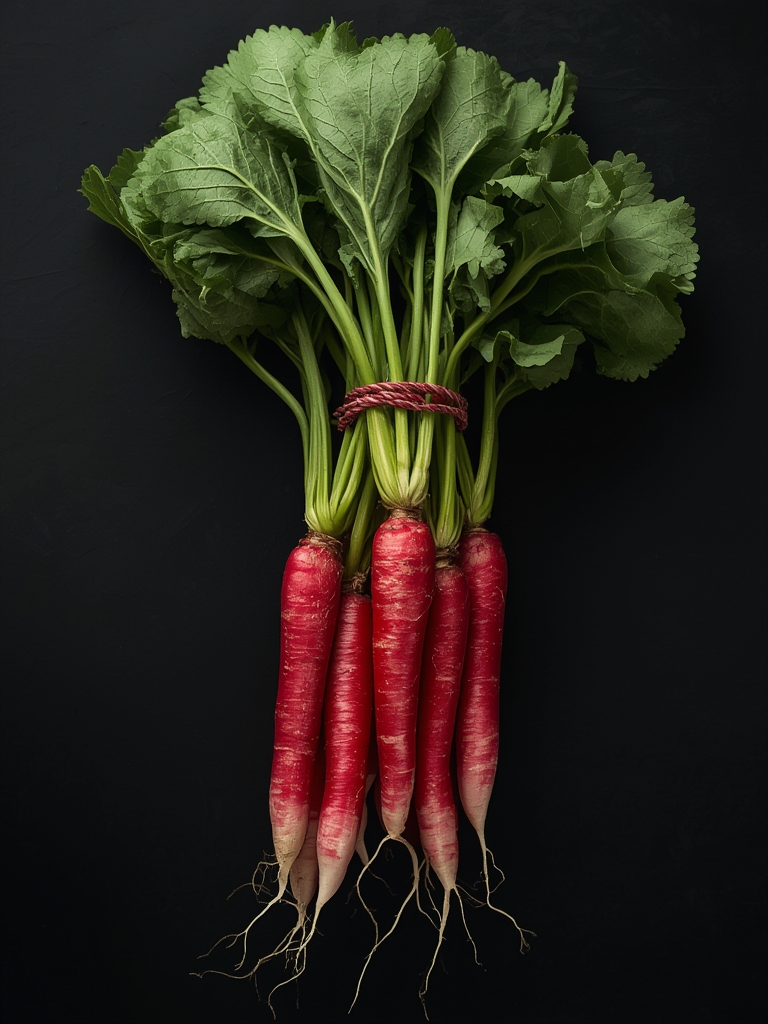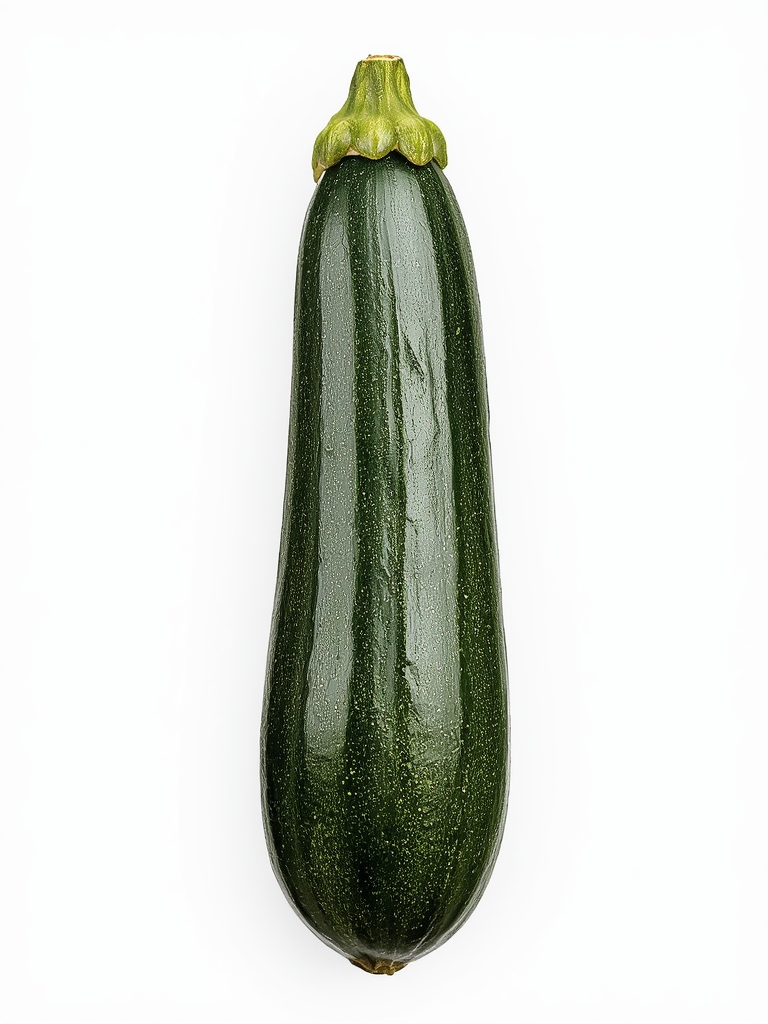Easy Methods to Grow Green Beans
Have you ever tasted the crisp, sweet flavor of freshly harvested Green Beans from your own garden? Nothing compares to the satisfaction of growing your own vegetables, especially when they’re as versatile and nutritious as green beans. Whether you’re a seasoned gardener or a curious beginner, growing snap beans at home can be surprisingly simple and rewarding. Not only will you enjoy better flavor compared to store-bought options, but you’ll also save money and reduce your carbon footprint in the process.
Materials & Supplies

To successfully grow green beans, you’ll need:
- Seeds: Choose between bush varieties (compact plants) or pole varieties (climbing vines)
- Garden soil or potting mix: Look for options with good drainage and organic matter
- Compost or organic fertilizer: Beans don’t need heavy fertilization but appreciate some nutrients
- Support structures (for pole varieties): Trellises, stakes, or a bean teepee made from bamboo poles
- Watering can or irrigation system: For consistent moisture
- Mulch: Helps retain moisture and suppress weeds
- Garden gloves: For protection during planting and harvesting
- Garden labels: To mark planting rows and varieties
- Garden twine: Useful for training climbing varieties
Optional: Seed starting trays if you’re starting indoors in colder climates.
Timing / Growing Schedule
Green beans are warm-season crops that thrive when soil temperatures reach at least 60°F (16°C). For most regions, this means planting after the last spring frost. Here’s a typical timeline:
- Preparation: 1-2 weeks before planting to prepare soil
- Growing period: 50-65 days from planting to harvest, depending on variety
- Harvest window: 2-3 weeks of continuous harvesting
- Multiple plantings: Sow new seeds every 2-3 weeks for continuous harvests throughout summer
Bush beans typically produce their crop within a concentrated 2-3 week period, while pole beans tend to produce over a longer season, often until frost.
Step-by-Step Instructions

- Choose your planting location: Select an area with full sun (6+ hours daily) and well-draining soil. Rotate crops so beans aren’t grown in the same spot as previous legumes.
- Prepare the soil: Loosen soil to a depth of 8-10 inches and mix in 1-2 inches of compost. Avoid high-nitrogen fertilizers as beans fix their own nitrogen.
- Set up supports (for pole varieties): Install trellises or poles before planting to avoid disturbing roots later.
- Plant seeds: Sow seeds 1-1.5 inches deep and 2-4 inches apart for bush varieties or 4-6 inches apart for pole beans. Leave 18-24 inches between rows for bush types and 30-36 inches for pole types.
- Water thoroughly: Keep soil consistently moist but not waterlogged during germination, which typically takes 8-10 days.
- Thin seedlings: Once plants reach 3-4 inches tall, thin to proper spacing of 4-6 inches for bush varieties or 6-8 inches for pole varieties.
- Mulch around plants: Apply 2-3 inches of organic mulch to retain moisture and suppress weeds.
- Train climbing varieties: Gently guide young pole bean vines to their supports, and they’ll do the rest naturally.
Nutritional Benefits
Green beans are nutritional powerhouses, offering:
- High fiber content for digestive health
- Vitamins A, C, and K for immunity and bone health
- Folate for cell development and pregnancy health
- Minerals including potassium, iron, and manganese
- Low calories (about 31 calories per cup)
- Antioxidants that may help reduce inflammation
Growing your own ensures maximum nutrient retention, as nutrients begin to diminish shortly after harvesting.
Tips and Alternative Methods
- Container growing: Bush beans work well in 12-inch deep containers with proper drainage
- Companion planting: Grow with carrots, cucumbers, or radishes, but avoid onions and garlic
- Succession planting: Sow new seeds every 2-3 weeks for continuous harvests
- Square foot gardening: Plant 9 bush beans per square foot in raised beds
- Indoor growing: Some compact varieties can grow on sunny windowsills
Common Mistakes to Avoid
- Overwatering: Causes root rot and fungal diseases. Water deeply but only when top inch of soil feels dry.
- Harvesting too late: Beans become tough and stringy when overmature. Harvest when pods are firm but still tender.
- Overcrowding: Reduces airflow and increases disease risk. Follow proper spacing guidelines.
- Disturbing wet foliage: Avoid working with plants when wet to prevent disease spread.
Storage / Maintenance Tips
- Watering: Provide 1-1.5 inches of water weekly, more during hot, dry periods
- Harvesting: Pick beans every 2-3 days to encourage continued production
- Storage: Refrigerate unwashed beans in a perforated plastic bag for 5-7 days
- Preserving: Blanch and freeze, pickle, or can excess beans for long-term storage
- End of season: Pull plants and compost after production ends, or till into soil as green manure
Conclusion
Growing Green Beans at home is one of the most rewarding vegetable gardening projects for beginners and experienced gardeners alike. Their relatively short growing season, manageable care requirements, and bountiful harvests make them perfect for families looking to increase their homegrown food production. Why not set aside a small space in your garden or even a few containers to grow these nutritious vegetables this season? Your taste buds—and your wallet—will thank you!
FAQs
- How often should I harvest green beans?
Harvest every 2-3 days during peak production for tender pods and to encourage continued flowering and pod development. - Why are my bean plants flowering but not producing pods?
Excessive heat (above 90°F/32°C) can cause flowers to drop without setting pods. Inconsistent watering can also affect pod development. - Can I save seeds from my green bean plants?
Yes! Allow some pods to fully mature and dry on the plant, then shell and store the beans in a cool, dry place for next year’s planting. - Are green beans annual or perennial plants?
In most regions, green beans are grown as annuals. However, in frost-free zones (USDA zones 10-11), some varieties may live as short-lived perennials. - How can I grow green beans in a small space?
Use pole varieties on vertical supports like trellises or teepees to maximize your harvest while minimizing ground space. One square foot of ground space can support 3-4 pole bean plants growing vertically.







